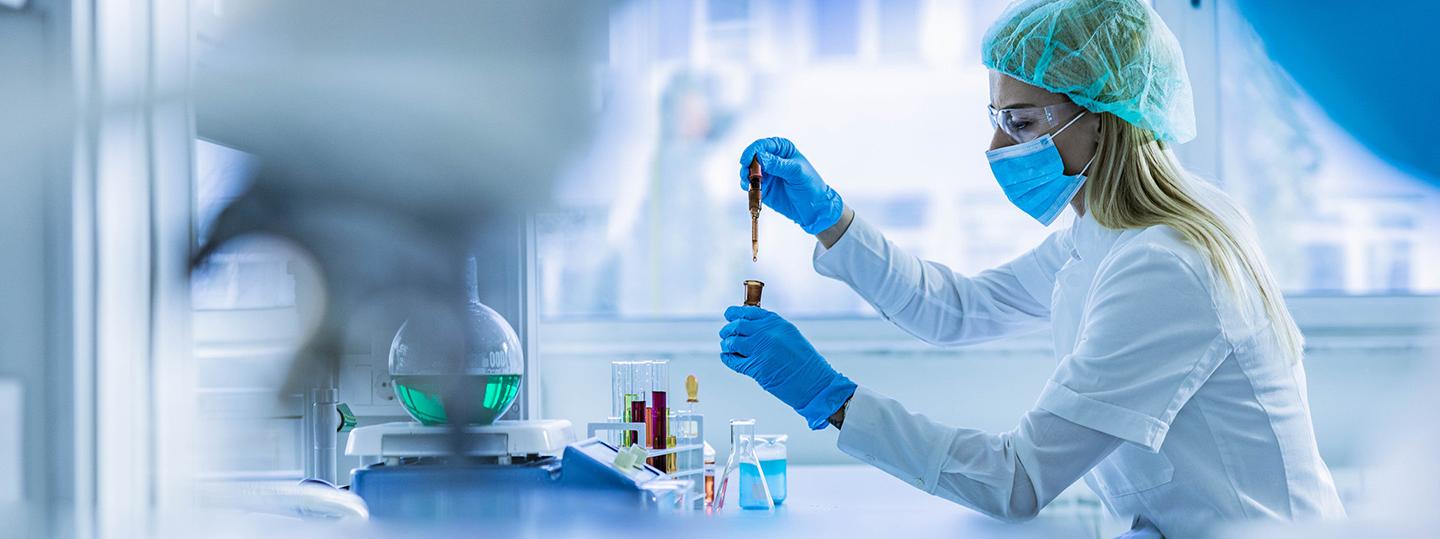class c cleanroom Wear: An Overview

Introduction to Class C Cleanrooms
Class C cleanrooms are designed to provide a controlled environment with moderate cleanliness levels, as defined by ISO 14644-1. These cleanrooms typically allow up to 3,520,000 particles per cubic meter for particles ≥ 0.5 microns, making them suitable for certain pharmaceutical manufacturing processes and electronic component assembly.
Material Specifications
Common materials used in Class C cleanroom wear include polyester, polypropylene, and SMS (spunbond-meltblown-spunbond) fabrics. These materials must comply with stringent standards for particle filtration efficiency, typically ACHieving at least 90% filtration efficiency for particles ≥ 0.3 microns, according to ISO 9073-10.

Regulatory Compliance
Cleanroom wear must meet various regulatory standards to ensure effectiveness. The American National Standards Institute (ANSI) and the International Organization for Standardization (ISO) provide guidelines for cleanroom garments' design and performance. Compliance with these standards ensures that garments meet the necessary cleanliness and safety criteria.
Maintenance and Usage Guidelines
Proper maintenance and usage of cleanroom wear are essential for maintaining cleanliness. Garments should be regularly inspected for damage and properly laundered according to manufacturer guidelines to prevent contamination. It is crucial to follow protocols for donning and doffing to minimize the risk of introducing particles into the cleanroom environment.
What is Allowed in a Clean Room?

1. Controlled Environment
Clean rooms are specifically designed environments that control contamination levels. They allow only certain activities that do not generate excess particles, ensuring a sterile setting essential for industries like pharmaceuticals and electronics.
2. Approved Materials
Only approved materials are allowed inside clean rooms. This includes specific types of plastics, metals, and glass that do not shed particles. Regular monitoring ensures compliance with cleanliness standards set by organizations like ISO.

3. Personnel Protocols
Personnel must adhere to strict protocols within clean rooms. This includes wearing appropriate cleanroom attire, following hygiene practices, and using designated entry and exit points to minimize contamination risks.
4. Restricted Items
Certain items are strictly prohibited in clean rooms. This includes food, beverages, and personal items such as bags or mobile phones. The goal is to maintain cleanliness and prevent contamination from external sources.
Can You Wear Shorts in a Clean Room?

1. Cleanroom Attire Requirements:Shorts are generally not permitted in cleanrooms. Cleanroom protocols require full-body coverage to minimize skin exposure and potential particle shedding, ensuring a sterile environment for sensitive processes.
2. Risk of Contamination:Wearing shorts increases the risk of contamination from skin flakes, hair, and other particles. Cleanroom attire is designed to provide a barrier against these contaminants, maintaining the integrity of the controlled environment.
3. Alternative Clothing Options:Instead of shorts, personnel should wear full-length coveralls or gowns. These garments are made from specialized materials that prevent particle shedding while allowing for comfort and mobility within the clean space.
What PPE is Required for a Cleanroom?

Coveralls
Coveralls are essential personal protective equipment (PPE) in cleanrooms. They provide full-body coverage and are designed to minimize particle shedding, ensuring cleanliness in controlled environments.
Gloves
Cleanroom gloves are crucial for protecting both the personnel and the products being handled. They are typically made from latex or nitrile and should be free of powder and contaminants to prevent contamination.
Masks
Masks are required to prevent respiratory droplets from contaminating the cleanroom. They should be made from high-filtration materials, effectively trapping particles while allowing for comfortable breathing.
Shoe Covers
Shoe covers are mandatory to prevent dirt and particles from footwear from entering the cleanroom. They should be disposable or designed for easy cleaning and made from non-linting materials.
Which Class of Cleanroom is the Best?

class 10 cleanrooms
Class 10 cleanrooms allow up to 350 particles per cubic meter for particles ≥ 0.5 microns. They are suitable for manufacturing high-tech electronics and pharmaceuticals where minimal contamination is crucial.
class 100 cleanrooms
class 100 cleanrooms permit up to 3,520 particles per cubic meter for particles ≥ 0.5 microns. These cleanrooms are commonly used in laboratories and medical device manufacturing, ensuring a controlled environment for sensitive operations.
class 1000 cleanrooms
class 1000 cleanrooms allow up to 35,200 particles per cubic meter for particles ≥ 0.5 microns. They are typically used for less sensitive processes, such as certain assembly operations, where some contamination is acceptable.
type c cleaning in pharma
1. Definition of Type C Cleaning
Type C cleaning refers to a specific cleaning protocol in pharmaceutical manufacturing environments. It is designed to meet the cleanliness requirements for areas that handle non-sterile products or processes.
2. Cleaning Frequency
Type C areas require cleaning at defined intervals. Daily cleaning is common, with additional cleaning performed after specific operations or if contamination is suspected to ensure compliance with regulatory standards.
3. Cleaning Agents
Approved cleaning agents must be used for Type C cleaning. These agents should effectively remove residues and contaminants without leaving harmful residues that could affect product quality.
 +86 18186671616
+86 18186671616 Jason@cleanroomequips.com
Jason@cleanroomequips.com
 MENU
MENU



